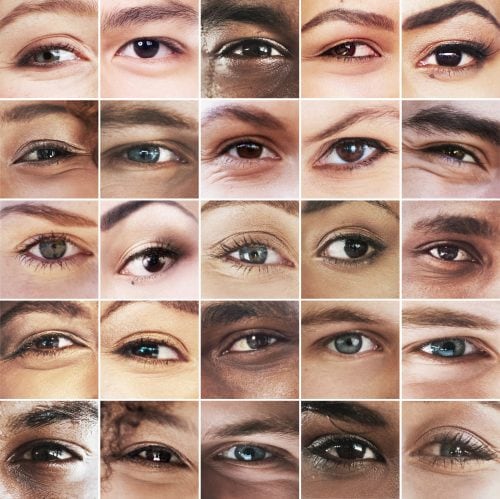
Aging populations in developed countries suffer high rate of blindness as a result of age-related macular degeneration (AMD).
It's estimated that around 24,000 Kiwis aged 50 plus have late-stage AMD, with 7000 already blind in both eyes. In addition, it's believed that another 52,000 may have early AMD. Around 70% of people with AMD are women.
This disorder affects the macular, which is the most central part of the retina at the back of the eye. So when you look directly at something you are using your macula; it is responsible for detailed central vision and most of your colour vision. When the macula is damaged it's like having a dark, greyish or distorted patch in the centre of everything you look at. It can affect your ability to read, recognise faces and drive a car.
In the early stages of AMD you're not likely to notice any changes in your vision; in fact, early signs can be present for many years before there is any impact on your vision. At this stage you will only know you have it by having your eyes tested. A diagnosis of AMD does not necessarily mean that it will progress and cause vision loss, so it's well worth finding out.
The two forms of ADM are known as 'wet' and 'dry'. The wet form is less common and can sometimes be stopped in its tracks with laser surgery or photodynamic therapy if caught in the early stages. However, it is also more aggressive than the dry form and accounts for around two-thirds of all cases of late-stage AMD.
Although more common, dry AMD is slower to progress and causes only about one-third of all cases of late-stage AMD which progresses to blindness. There is no cure for it.
AMD is a disease; it's not a natural consequence of aging. Other than increasing age, risk factors for AMD are:
- Genetic: Having affected relatives increases risk.
- Smoking: People who currently smoke are 2-5 times more likely to develop AMD than never or past smokers; smokers also develop the disease about 10 years earlier than non-smokers.
- Nutrition: A diet high in omega-3 fats, especially the long-chain fats from fatty fish, lowers risk and diets rich in antioxidants lower risk. High total and saturated fat may increase risk although this is less certain.
- Race: Lighter skin colour, as well as being blue-eyed, is associated with increased risk.
- Sunlight: Higher ultra-violet (UV) light exposure increases risk. New Zealand receives relatively high levels of UV light, so protect your eyes with sunglasses. The Foundation for the Blind advises that sunglasses should
ideally cut out 100% UV light, 85% glare and 75% infrared light or heat. - Hormones: Longer duration of oestrogen exposure may be associated with decreased risk. This means women who have earlier menopause and do not take oestrogen hormones may have higher risk.
- High blood pressure: Long-standing high blood pressure, and other diseases of the blood vessels, may cause increased in risk.
www.healthyfood.com










